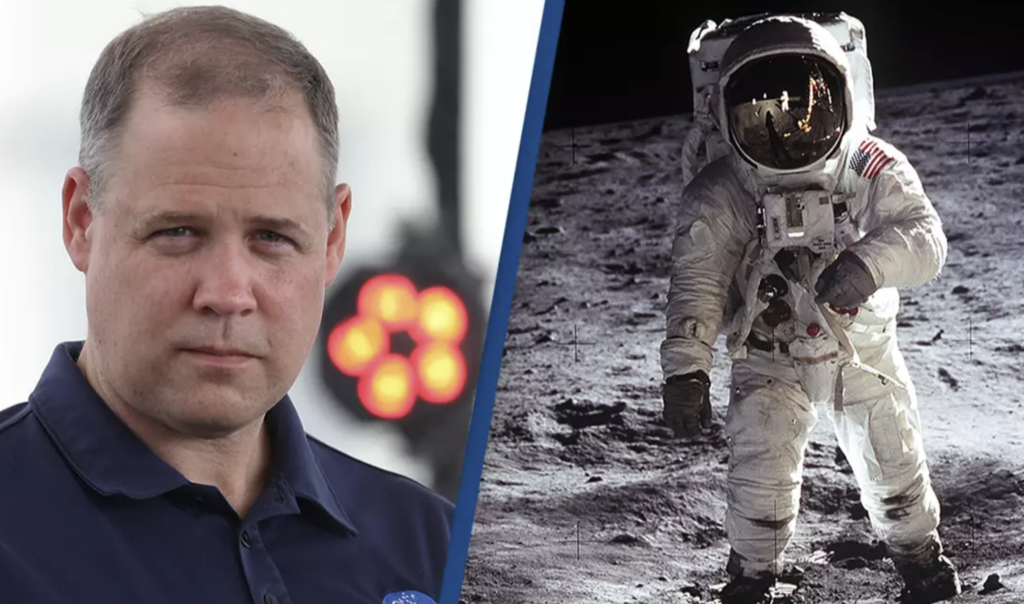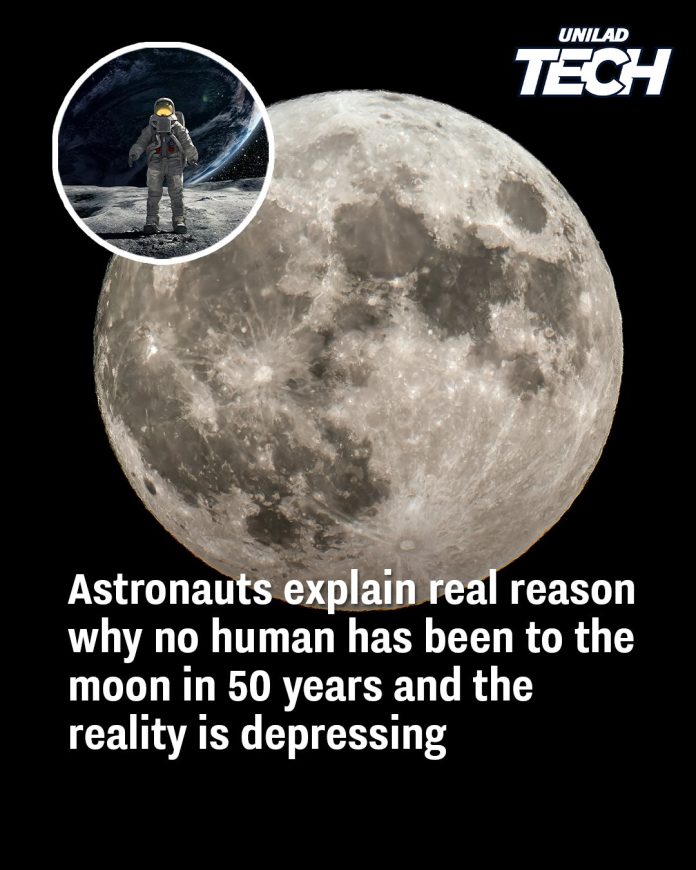The Apollo 11 mission in 1969 marked a monumental achievement for humanity, as astronauts Neil Armstrong and Buzz Aldrin became the first humans to set foot on the Moon. This historic event was followed by five additional crewed lunar landings, culminating with Apollo 17 in December 1972, which set records including the longest spacewalk. Despite these accomplishments, more than half a century has passed without humans returning to the lunar surface. This prolonged absence raises questions about the underlying reasons preventing further manned missions to the Moon.

Political and Financial Challenges
Former NASA Administrator Jim Bridenstine highlighted political risk as a significant barrier to lunar missions. He remarked, “If it wasn’t for the political risk, we would be on the moon right now. In fact, we would probably be on Mars.” This statement underscores how shifting political priorities and the associated risks have impeded consistent progress in space exploration. The substantial financial investment required for such missions further complicates matters. For instance, during his presidency, Donald Trump requested an additional $1.6 billion to support a plan aiming to return astronauts to the Moon by 2024. However, NASA’s current projections have postponed this goal to late 2026. These delays reflect the intricate interplay between political decision-making and budgetary constraints that can hinder long-term space initiatives.
Technological and Logistical Hurdles
Beyond political and financial obstacles, the Moon itself presents formidable challenges. Its surface is covered with regolith, a fine, powdery dust resulting from eons of meteorite impacts. This substance proved problematic during the Apollo missions, adhering to astronauts’ suits and equipment, infiltrating spacecraft interiors, and posing potential health risks. Addressing the issues posed by lunar dust is essential for ensuring the safety and success of future missions.
Additionally, the Moon experiences extreme temperature fluctuations. During its approximately 14-day-long daytime, surface temperatures can soar, while the equally long lunar night sees temperatures plummet to below minus 200 degrees Fahrenheit, making it one of the coldest places in the solar system. Developing technology capable of withstanding these harsh conditions is critical for sustaining human presence on the Moon. NASA is exploring solutions such as fission power systems to provide reliable electricity during the prolonged lunar nights, which could also be beneficial for missions to other celestial bodies like Mars.
Regulatory and Bureaucratic Impediments
Private companies like SpaceX, under the leadership of Elon Musk, have expressed strong interest in advancing space exploration, including missions to the Moon and Mars. However, these endeavors often encounter regulatory hurdles. William Gerstenmaier, SpaceX’s vice president for build and reliability, has voiced frustration over regulatory delays, stating, “It’s a shame when our hardware is ready to fly, and we’re not able to go fly because of regulations or review.” Such bureaucratic challenges can stifle innovation and delay the timeline for returning humans to the Moon.
Public Interest and Workforce Dynamics
Public enthusiasm and political will are crucial for sustaining momentum in space exploration. Historically, public support for lunar missions has been tepid. Even during the Apollo era, only about 53% of Americans believed the program justified its costs. Recent surveys indicate that a mere 12% of Americans prioritize human lunar missions for NASA. This lukewarm interest can influence funding decisions and policy directions.
Moreover, the demographic composition of NASA’s workforce presents challenges. The average age of personnel in Mission Control during Apollo 13 was 26, reflecting a youthful, dynamic team. Today, approximately 14% of NASA’s workforce is over 40, suggesting a need to attract and retain younger talent to drive innovation and sustain long-term exploration goals.

Prospects for Future Lunar Missions
Despite these challenges, efforts to return humans to the Moon are ongoing. NASA’s Artemis program aims to send astronauts to the lunar surface, potentially by 2026, with plans to include the first woman, the first Black astronaut, and the first Canadian in these missions. Collaborations with private companies like SpaceX and Blue Origin are expected to enhance the affordability and reliability of space travel. However, achieving these objectives requires overcoming the multifaceted obstacles of political fluctuations, financial constraints, technological demands, regulatory frameworks, and public engagement. Sustained commitment and coordinated efforts across governmental and private sectors are essential to realize the vision of renewed human exploration of the Moon and beyond.

















